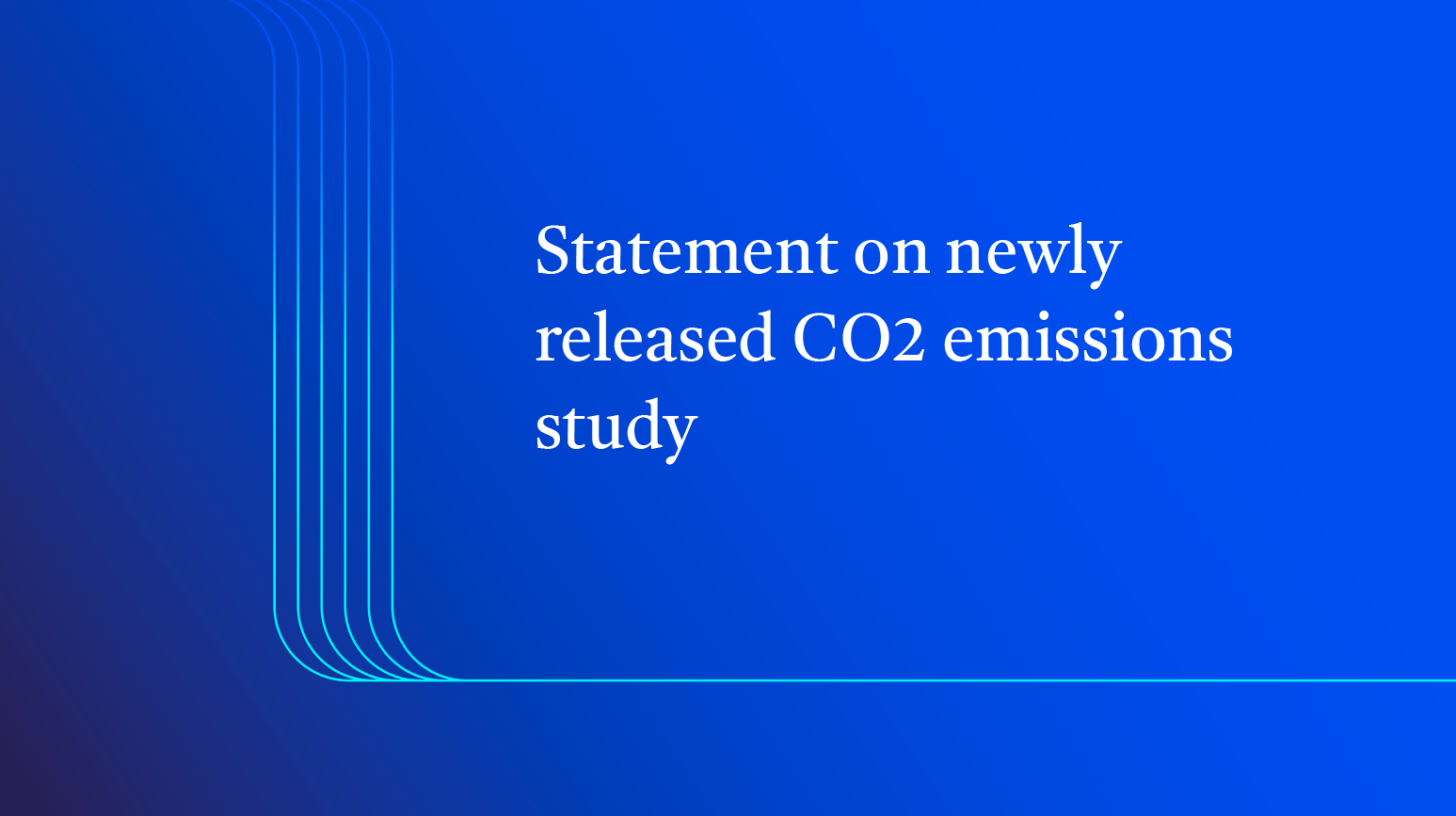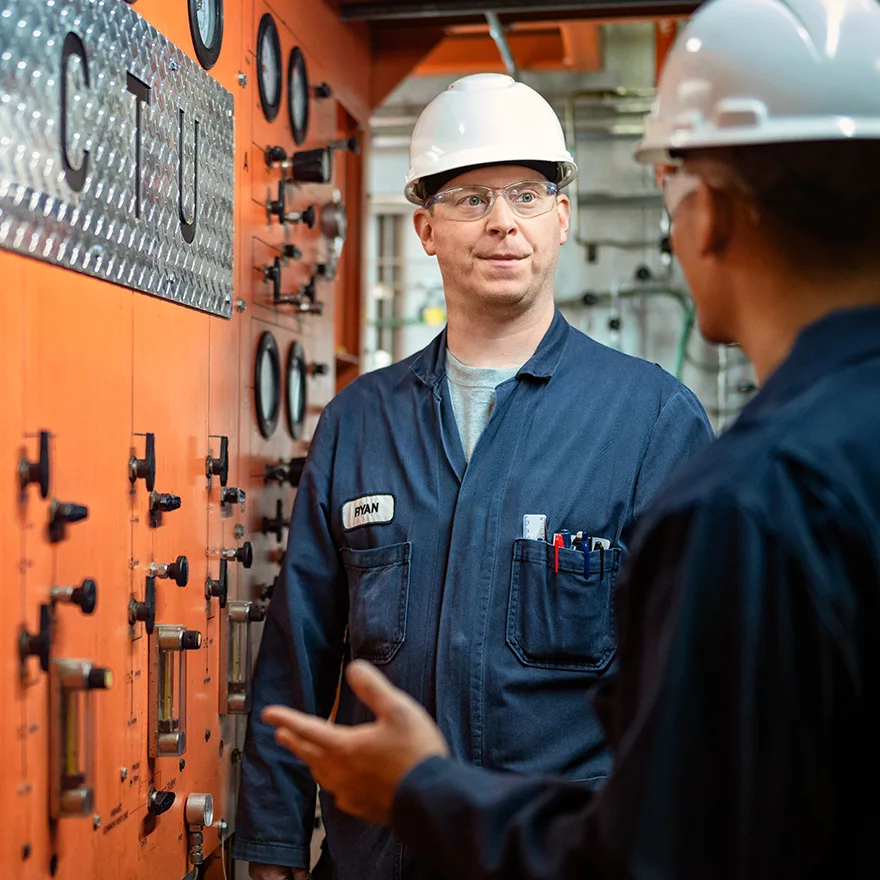
The following is our statement for queries on a recently released study regarding greenhouse gas emissions from the oil sands.
Mark Cameron, Vice-President, External Relations:
The oil sands industry fully adheres to methods mandated by federal and provincial regulators to accurately measure and report emissions to both governments. These measurements are rigorously verified by an accredited third party and are the same practices as all regulated industries in the country.
These current measurement methods are endorsed by both Environment and Climate Change Canada (ECCC) and the United Nations Framework Convention on Climate Change (UNFCCC).
While we welcome any science that strives to enhance environmental performance and measurement, we strongly caution against interpreting from this study that aerial air sampling of a geographic area is a better emissions-estimating approach than the internationally recommended (UNFCCC) facility-based practice that is used in most other industries and governments around the world.
Our scientists and technical experts reviewed this study and while we think the use of technology could have some potential for some applications, inherent weaknesses in the research methods diminish our confidence in the findings.
Pathways Alliance and its members are collaborating on fugitive emission data to better understand the variation in emissions from industrial sources based on operation activities and how those vary over each monitoring year. In addition, ground based monitoring is well suited to separate non-oil sands emission sources and natural emissions.
Here are some of the assumptions about oil sands operations in the data analysis that must be reviewed to address the complexity of measurement of fugitive emissions:
- The use of a single “site-wide” emission ratio to represent overall facility emissions is a simplification of a complex set of ground-based and stack emissions.
- Facility-specific emission rates and emission ratios were determined from a limited number of flights with short intervals of sampling time (1-3 per facility).
- It is not apparent that extrapolation of findings adequately accounts for sources of variance such as “off days”, resulting in significant potential bias. Most oil sands facilities do not operate 100% of the time (due to maintenance and other scheduled facility turnaround periods).
We provided feedback to study authors in effort to address or improve the accuracy of the findings. The authors elected not to make adjustments.
Climate change is a critical challenge and the oil sands industry has an important role to play in helping meet the national ambition of net-zero emissions by 2050.
Pathways Alliance remains confident that with the right regulatory and co-financing frameworks in place with governments, we will achieve our stated emission reduction goals.

Our people, their stories
Passionate, dedicated people are behind every innovation and every step forward.